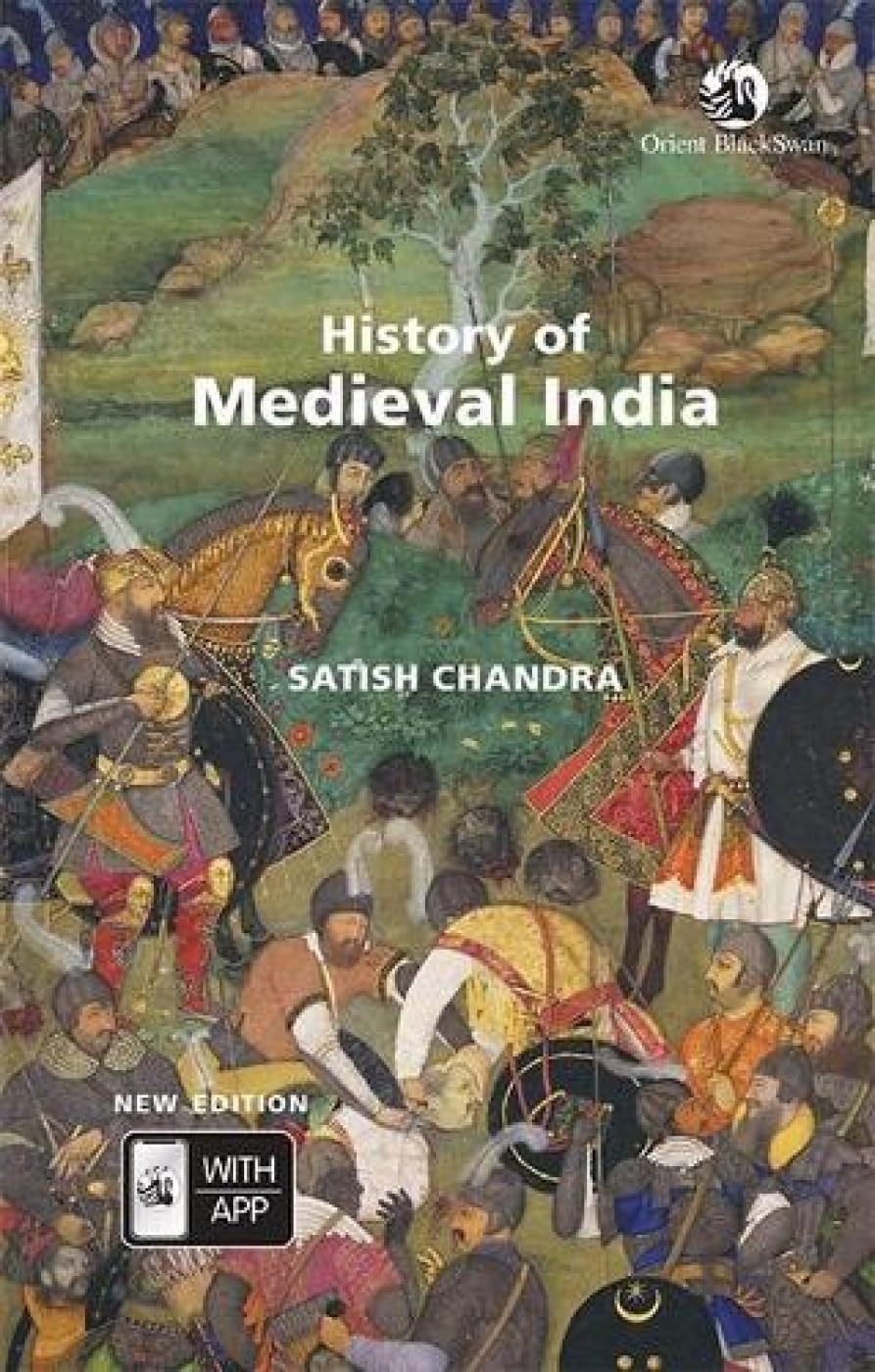Contents
MEDIEVAL INDIA
- 600 CE TO 1200 CE – Early Medieval India
- 1000 CE TO 1200 CE- Northern India
- 1206 CE TO 1526CE- DELHI SULTANATE
- PROVINCIAL KINGDOM- Southern India
- THE MUGHALS
- THE MARATHAS
Medieval India was a period of immense cultural, political, and social transformation that lasted for roughly a millennium, from the 6th to the 18th century CE. This era witnessed the rise and fall of powerful empires, the fusion of diverse cultures, and the development of art, architecture, and literature that continue to captivate our imaginations today.
Early Medieval India (6th-12th Century CE)
The early medieval period in India was marked by significant political fragmentation, with various regional powers vying for dominance. Among these, the Gupta Empire, which reigned from the 4th to the 6th century CE, is often considered the “Golden Age” of ancient India. The Gupta dynasty made notable contributions to fields like mathematics, astronomy, and literature, exemplified by the achievements of scholars like Aryabhata and Kalidasa. However, after the Gupta Empire’s decline, India was divided into several smaller kingdoms, such as the Chalukyas, Cholas, and Pallavas in the south, and the Pratiharas, Pala Empire, and Chahamanas in the north. These regional powers established their own distinctive cultural and architectural legacies. Notably, the Chola dynasty left a lasting mark with their magnificent temple architecture, exemplified by the Brihadeeswarar Temple in Thanjavur.
The Delhi Sultanate (13th-16th Century CE)
The arrival of Islamic conquerors in India during the medieval period ushered in a new era of Indian history. The Delhi Sultanate, established by Qutb al-Din Aibak in 1206 CE, marked the beginning of Islamic rule in northern India. The Sultanate saw the construction of impressive structures like the Qutub Minar and the Alai Darwaza, blending Islamic and Indian architectural styles. One of the most significant rulers of the Delhi Sultanate was Alauddin Khilji, who expanded the empire’s reach into South India and introduced several administrative reforms. However, it was the Mughal Empire that would ultimately dominate the subcontinent, ushering in a period of cultural synthesis and artistic splendor.
The Mughal Empire (16th-18th Century CE)
The Mughal Empire, founded by Babur in 1526 CE, is often regarded as the zenith of medieval Indian history. Under the reign of Akbar the Great, the empire reached its greatest territorial extent and achieved remarkable cultural and religious tolerance. Akbar’s administration was characterized by his policy of Sulh-e-Kul, which encouraged harmony among various religious communities. The Mughals were prolific builders, leaving behind an indelible architectural legacy. The Taj Mahal, a UNESCO World Heritage Site, stands as an iconic symbol of Mughal architecture and is celebrated as one of the Seven Wonders of the World. The Red Fort in Delhi, the Jama Masjid, and Fatehpur Sikri are other examples of their architectural brilliance.
The Decline of the Mughal Empire and the Emergence of Regional Powers.
The latter half of the 17th century and the 18th century witnessed the decline of the Mughal Empire. Internal strife, external invasions, and the emergence of regional powers, such as the Marathas, Sikhs, and various European colonial forces, contributed to the fragmentation of the empire. The British East India Company, in particular, played a pivotal role in shaping the destiny of India during this period. Their growing influence and control over Indian territories eventually led to the establishment of British colonial rule, culminating in the formal colonization of India in the mid-19th century.
The history of medieval India is a complex and multifaceted tapestry that spans over a thousand years, encompassing the rise and fall of empires, the fusion of diverse cultures, and the creation of awe-inspiring art and architecture. It is a testament to the resilience and adaptability of India’s people and their ability to embrace change while preserving their rich heritage. Understanding this remarkable period of history helps us appreciate the cultural diversity and historical depth of modern-day India, making it a source of endless fascination and exploration.

